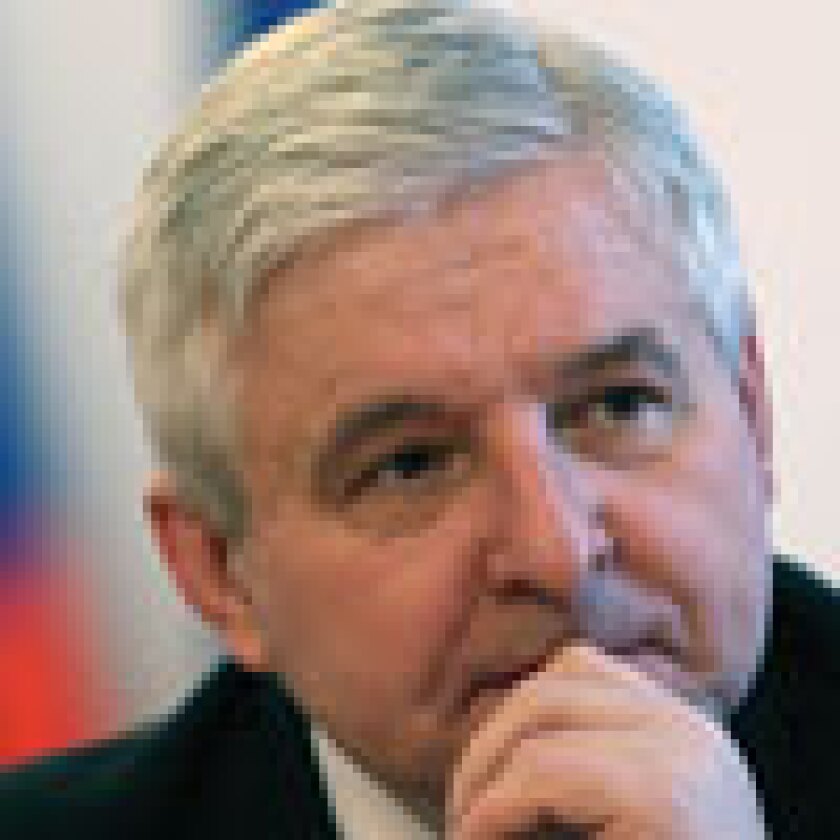Deft handling of koruna cap removal with ‘hard commitment’

For any central bank governor, lifting a longstanding exchange rate regime will inevitably be a delicate procedure. For a relatively new incumbent it might be expected to be still more nerve testing — particularly with memories of the market turmoil caused by the Swiss National Bank’s surprise decision to remove the cap on the franc in January 2015 still fresh in the minds of bankers and investors. It is therefore all the more impressive that, in his first year as governor of the Czech National Bank (CNB), Jiří Rusnok managed the removal of a three-year cap on the koruna with a minimum of market disruption.
Introduced by his predecessor, Miroslav Singer, in November 2013 to counter deflationary pressures, the cap is credited with providing a major boost to the Czech economy. The CNB estimates that it added around two percentage points to the country’s GDP in 2014-15.
With economic growth running at close to 3% and inflation approaching 2%, it was clear by the end of last year that the cap had served its purpose. It therefore fell to Rusnok, who took office in July 2016, to oversee its removal.
After months of speculation, this was finally implemented on April 6. Following the announcement, trading volumes in the koruna jumped. Nevertheless, the Czech currency appreciated by just 2% against the euro and markets remained orderly.
Consistent and timely
Rusnok tells GlobalMarkets that consistent and timely market communication was key to the CNB’s success. “We transparently communicated about the exit well in advance and lived up to all our promises regarding its timing and design,” he says.
To this end, the CNB Bank Board primarily used a “hard commitment” with a specified minimum duration. The central bank also provided information on the exit date considered likely by the Bank Board and on the timing assumed in its own forecasts. “This allowed all the market participants to prepare for the exit and there were no panic trades afterwards,” says Rusnok.
The CNB also helped to soothe markets by repeatedly stating its readiness to act in the event of excessive koruna fluctuations. Rusnok notes, however, that in the event no intervention was required following the exit.
In his first year in office, Rusnok has also been responsible for translating new EU banking regulations, most notably CRD IV, into supervisory practice. In January, the CNB widened the group of systemically important banks in the Czech Republic, while in May it took the decision to double the countercyclical capital buffer rate for lenders to 1% from July 2018.
Other achievements include the introduction in December 2016 of legislation designed to enhance credit protection for consumers as well as further action to prevent overheating in the Czech Republic’s buoyant banking sector.
